There can be your advertisement
300x150
Are You Already Being Heated? Save Your Refrigerator, Furniture and Flowers. We'll Show You How
Heating in apartments has already started: somewhere it's been turned on, somewhere it will be turned on soon — depending on the climatic zone. Usually this happens when both at night and during the day, the temperature outdoors does not exceed eight degrees. Thoughts about how to optimize heating bills and what needs to be changed fundamentally we'll leave for next summer — that's a separate topic. For now, here's a checklist of what else you can and should do before the heating season.
Air, Plants, Pets
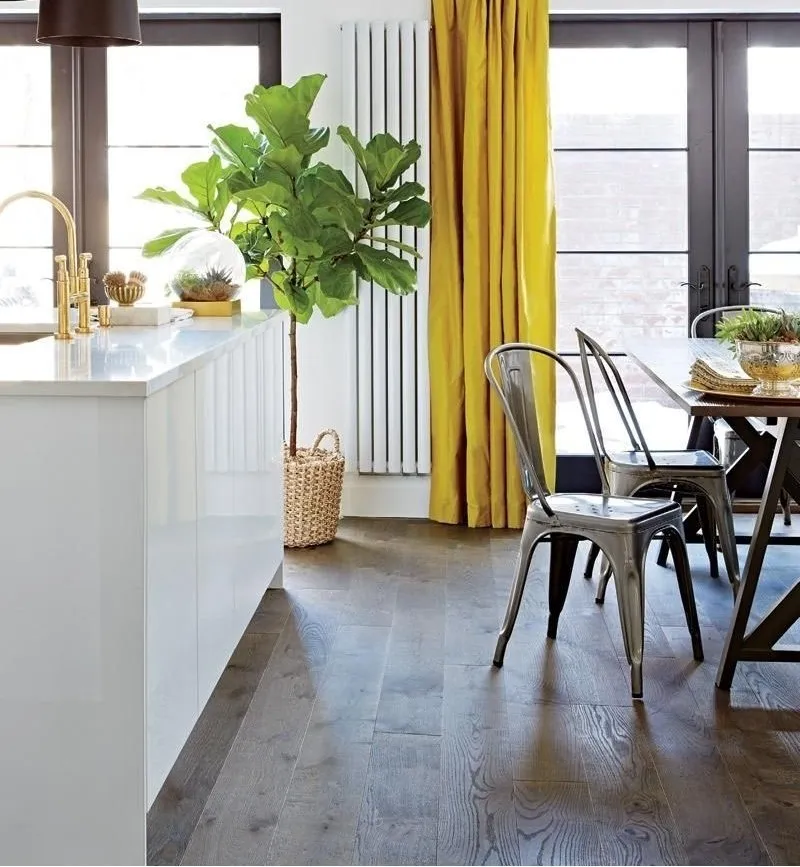
Humidity in the Airup to 25–30% decreases when radiators are running45–55%optimal for us and all living things
Solution — additional humidification where necessary. For yourself and children, it's better to take care of a steam humidifier: ultrasonic is good in a house where there are no pets, as this range, inaudible to us, irritates them. An alternative is a steam humidifier, but it consumes more electricity. You can also set up a steam generator or multi-functional vacuum cleaner with steam cleaning for periodic cleaning.
Houseplants on windowsills, under which radiators are usually located, we sort and relocate. In areas of higher heating, we leave climate-dry plant species: succulents, citrus, lavender. A common tray for more frequent watering and humidifying of several plants at once serves as an additional safety measure for the windowsill. Even a small standalone ceramic or glass vessel, into which water is added daily, changes the microclimate and those who enjoy aromatherapy add one or two drops of essential oils to it.
For dogs and cats, we ensure access to clean drinking water in sufficient quantity. Dirt from walks in cold months is enough, so washing paws and more frequent damp cleaning of floors are welcome. Aquariums with fish and aquatic fauna work on humidifying themselves, just make sure to monitor the liquid level.
Furniture, Wooden Finishings, Parquet
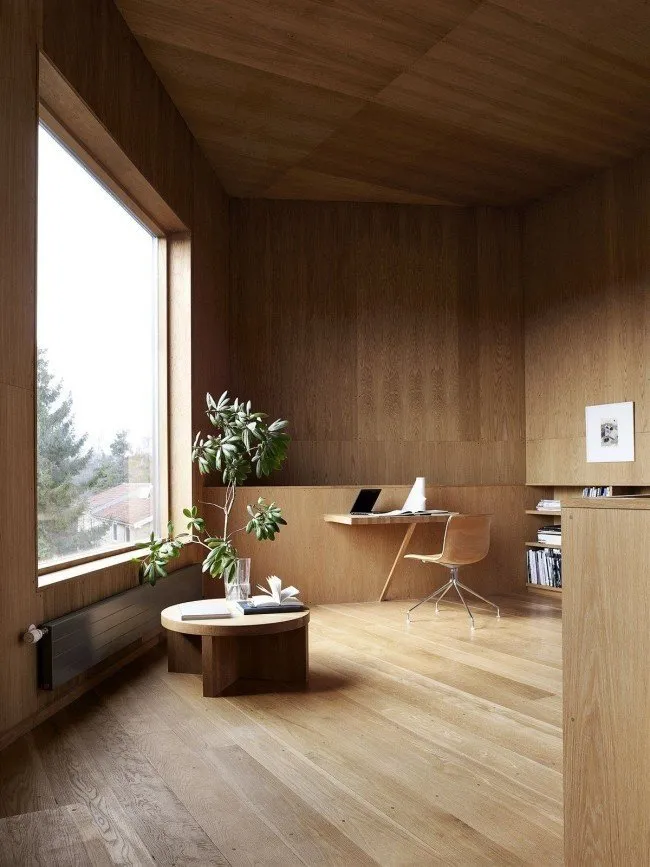
Minimum and Maximum50centimetersfrom radiator to any furniture25degreeslimit of temperature comfortable for us and safe for furniture
Natural wood and leather are especially sensitive to constant heating. But even fiberboards release unwanted impurities into the air when heated. Plastic should only be used in bathrooms where humidity reaches 60 percent.
In an ideal case, there should be at least one meter between any piece of furniture and the radiator: this way heat doesn't accumulate in a trap between furniture and radiator, it circulates freely. And we, sitting on a sofa or in a chair, don't suffer from cardiovascular system overload and loss of productivity.
Natural parquet, wooden decor elements and furniture, if they allow finishing, should be treated with protective compositions in advance so that they have time to absorb. Then during cleaning, use products with natural wax. Leather upholstery requires more frequent care, simultaneously cleaning and moisturizing.
If space allows, rearrange furniture in cold months. Remember about seasonal furniture storage services and large items or dispose of old furniture you've wanted to get rid of for a long time: such services are also available. If it's impossible to move furniture or part with it, provide a heat-reflective screen on the side facing the radiator.
Guitar and Piano
Musical instruments resist overheating in all their fibers and can lose sound quality. The additional drying of wood fibers adds to deformation from the physical tension of strings. But unlike a guitar, a piano or organ cannot be stored in a special case with humidity regulation.
Move the musical instrument away from the radiator as far as possible. It's better if the room temperature for regular practice does not exceed 18–20 degrees: this is more beneficial for you and your children. For example, in corner rooms of apartment buildings, such heating norms are required by regulations.
Putting a container with water in the piano case is not the best idea, any tuner will tell you that, although such advice can be found online.
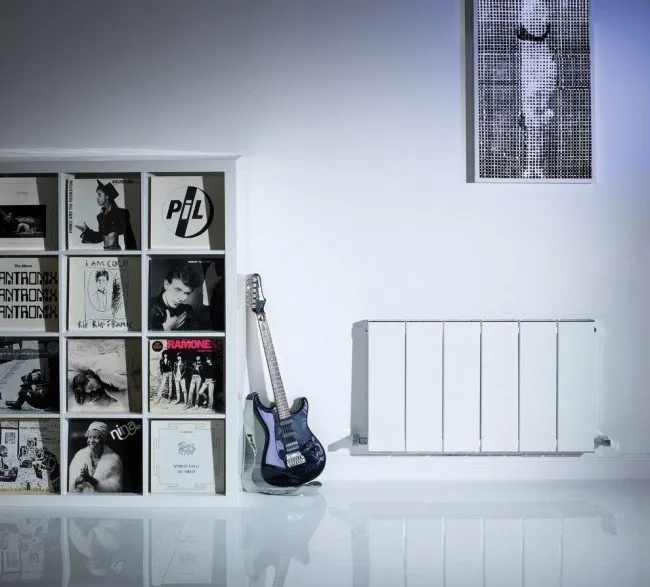
Kitchen

Even if every centimeter is critical, try to avoid placing the refrigerator too close to the radiator. An energy-intensive appliance that generates a lot of heat during operation will fail faster from additional heating. The same applies to microwave ovens, although less critically.
In any case, the refrigerator should not face the heating device radiator on the back wall. It's better to place it sideways, with prior application of a heat-reflective protective coating. Leave at least ten centimeters for air circulation. Adjust the radiator to minimum or, if it's impossible to control heat delivery, cover it with a screen.
Heating Normsfrom 18 to 26degreesin the kitchen, where there's a lot of equipment that generates heatfrom 12 to 22degreesin the pantry
The heating services provided by utility companies are considered fully rendered if these norms are maintained (they are adjusted depending on climate, temperature fluctuations outdoors and even time of day). Otherwise, you can insist on a recalculation of heating bills.
Bathroom
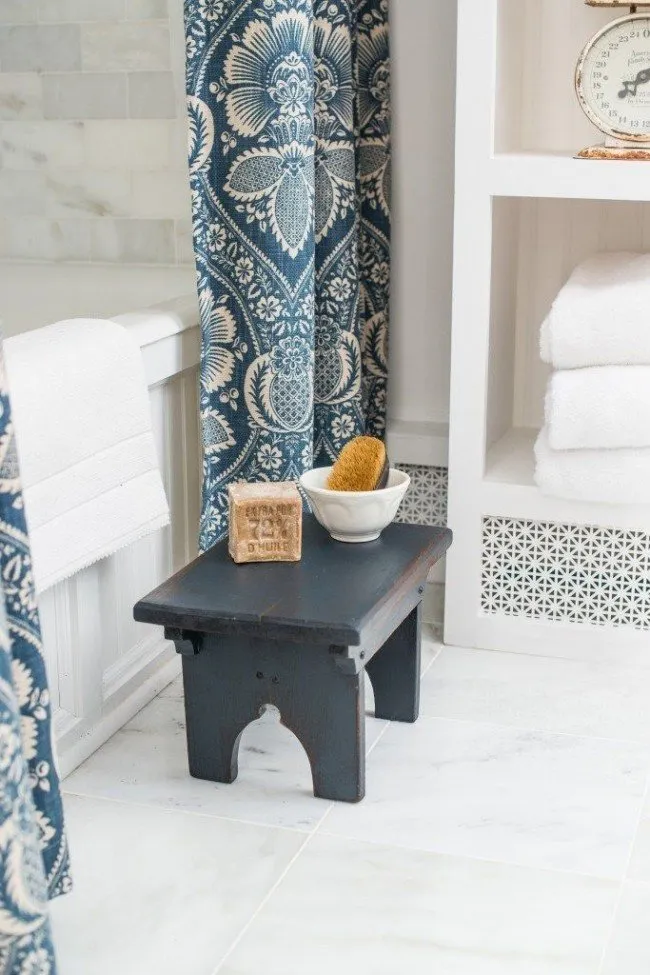
Here, radiators and towel warmers can be installed. In conditions of inevitably elevated humidity, additional requirements are placed on these devices to resist aggressive environments, so it's better to inspect the equipment carefully before heat supply, especially if it's not very modern.
What to look for? If lime scale forms at pipe connection points during summer, it's better to inspect these problematic zones by calling a specialist before heat supply.
If the radiators are equipped with simple shut-off valves or more complex thermostatic regulators, remember that during the period between the end of the previous heating season and the beginning of system filling, it's advisable to turn these control elements at least once a month to prevent them from seizing up. This advice also applies to any room in the house.
Don't hide the radiator behind a panel that is difficult to remove or open like a door — this way it's safer and more convenient for periodic inspections.
Bedroom

Optimal2metersfrom radiator to bedfrom 18 to 24degreesin the room, and in a corner room – from 20 degrees
In places where we sleep, choosing a comfortable environment is critical. Not enough heat? Moisture will appear on the walls and over time, mold may grow that is not immediately visible behind furniture. Too hot? Skin and mucous membranes dry out, dust levels increase, and there won't be enough oxygen. Goodbye to healthy sleep that restores energy.
Modern central heating systems equipped with temperature regulators or shut-off valves can quickly and effectively solve problems with temperature fluctuations — of course, provided that the heating system in the house functions properly. Otherwise, the management company should respond promptly to your request.
However, cast iron radiators, which are generally good in terms of heat storage and release, do not have regulators installed. What to do? Move on to the next point.
To Hide or Not to Hide?

Screenreduces heat output by 20%of radiatorless than 20sq. min the room — otherwise, heating will be insufficient
Use this to deal with regular overheating of the room. Or block the flow of overly warm air with a dense curtain.
Shields, boxes and panels hiding radiators are also used for aesthetics: independently or by combining with built-in furniture. Examples? A warm and cozy sofa bed on a wide low windowsill. A complex-shaped countertop in the kitchen or a work desk by the window. Built-in wardrobes or a combination with open shelves.
Remember two simple rules: it's necessary to ensure quick access to the radiator in case of problems and avoid heat losses in spacious rooms. When the rooms are large, there's a temptation to install more powerful radiators, hiding them from view, but changing the project parameters of heating devices is generally prohibited.
Housekeeping and Care Before Heat Supply

A radiator not only emits heat: you can feel this by touching it or simply extending your hand toward it. The heated air causes convection, rising upwards, and with it, accumulated dust.
Before the season, the most effective way to clean each centimeter even in hard-to-reach places is with a steam generator, cleaning vacuum cleaner or spray with cleaning agent — but only if floors and walls won't suffer from excessive moisture. For dry cleaning, there are narrow gap attachments for vacuum cleaners; cloths help little here.
During cleaning, don't hesitate to visually inspect and physically check the joints of radiators with pipes and shut-off fittings, check for paint integrity and possible color changes: perhaps there were micro-leaks that you didn't notice? You might still have time to call a specialist and avoid complications during the season.
More articles:
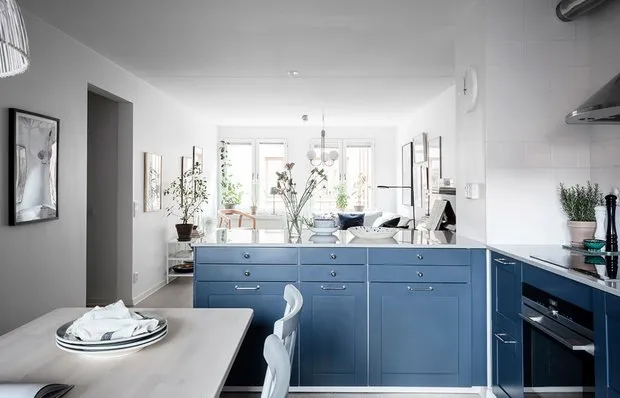 How to Combine Colors Scandinavian-Style: Example from Sweden
How to Combine Colors Scandinavian-Style: Example from Sweden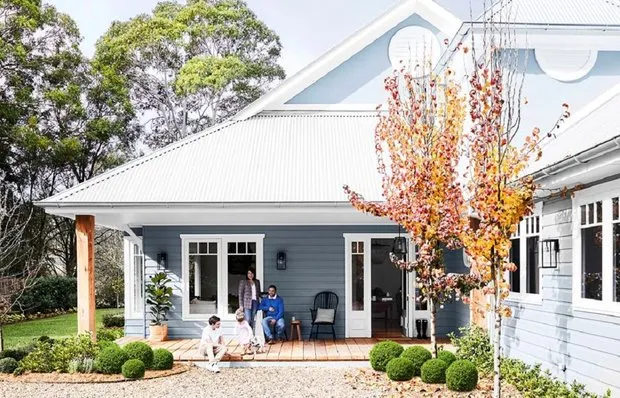 Large Family House in American Style
Large Family House in American Style Interior Redecoration: When You Want Changes but Not a Renovation
Interior Redecoration: When You Want Changes but Not a Renovation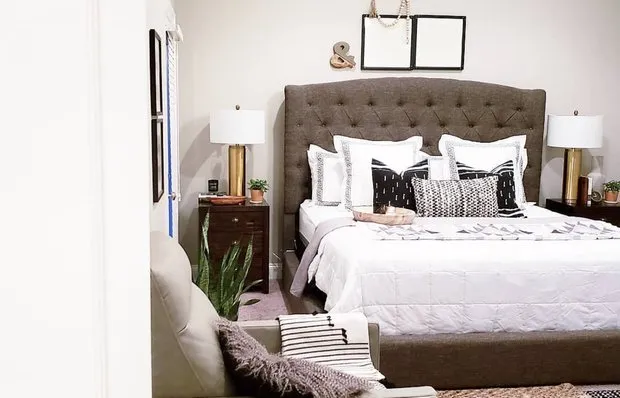 How to Extend the Lifespan of a Mattress
How to Extend the Lifespan of a Mattress How to Make a Platform Bed from IKEA Boxes Yourself?
How to Make a Platform Bed from IKEA Boxes Yourself?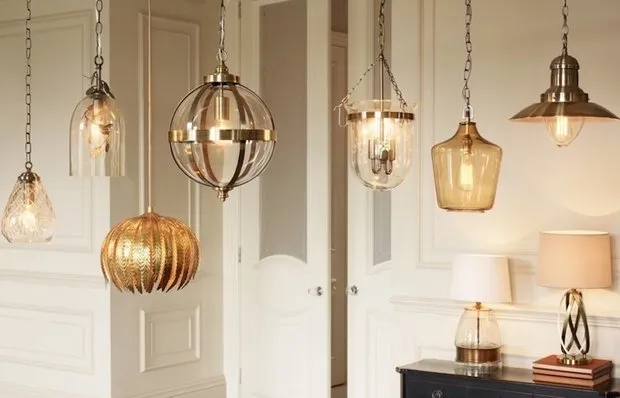 How to Reduce Electricity Bills: 6 Important Rules
How to Reduce Electricity Bills: 6 Important Rules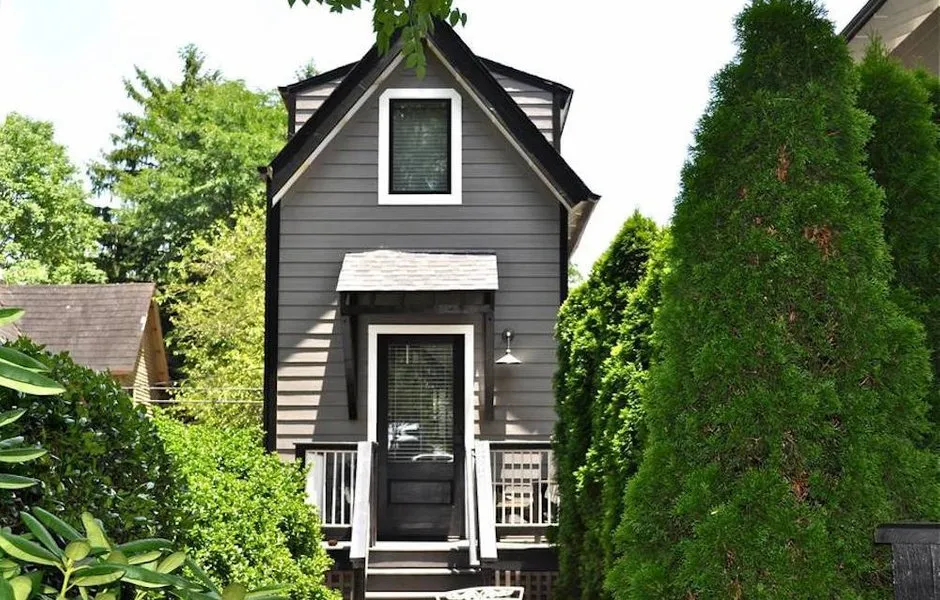 If Your Home Feels Tight: Ideas for Designing Narrow Spaces
If Your Home Feels Tight: Ideas for Designing Narrow Spaces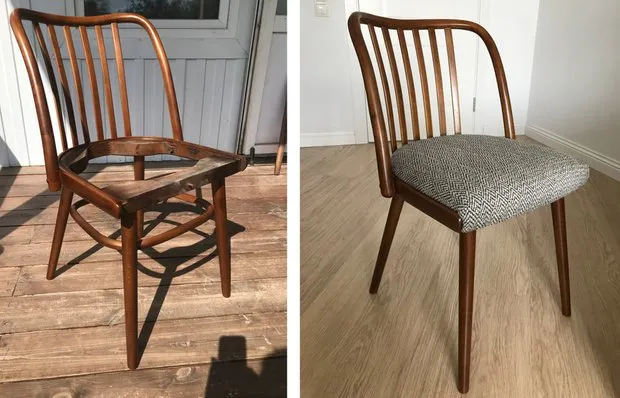 Refurbishing Old Furniture: Step-by-Step Guide + Photos
Refurbishing Old Furniture: Step-by-Step Guide + Photos